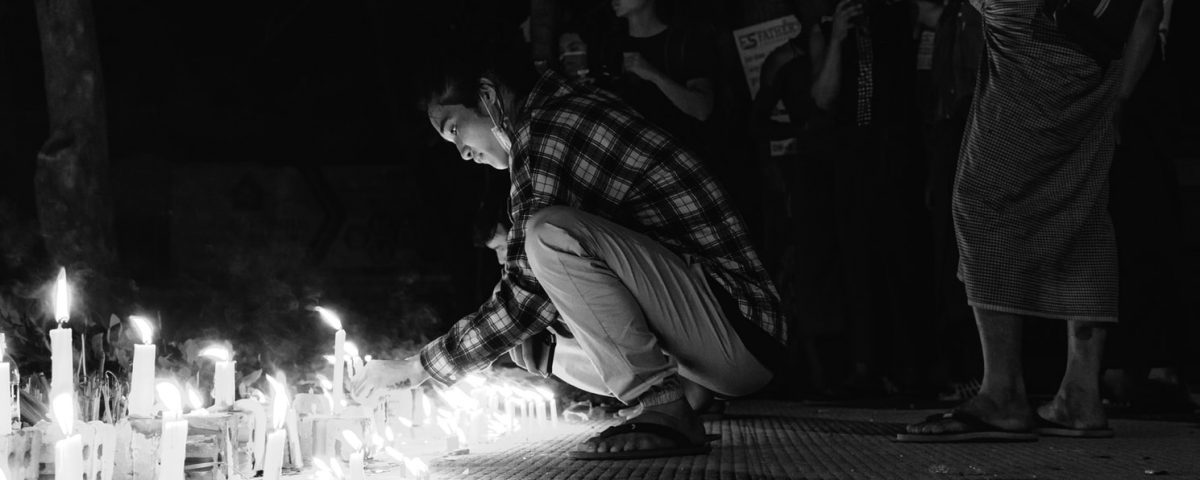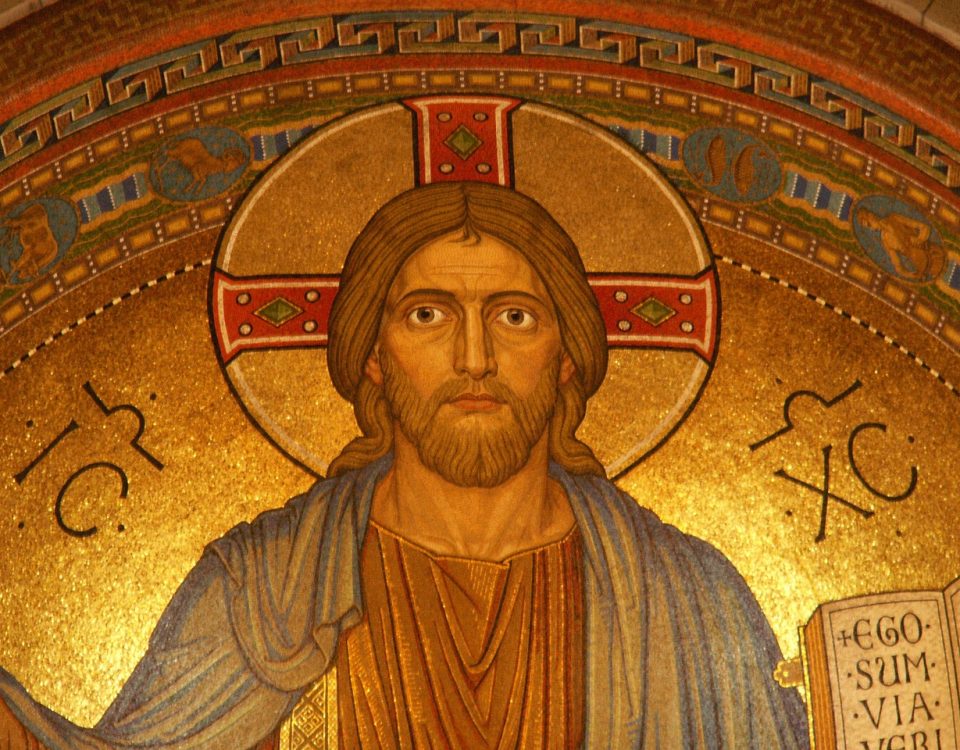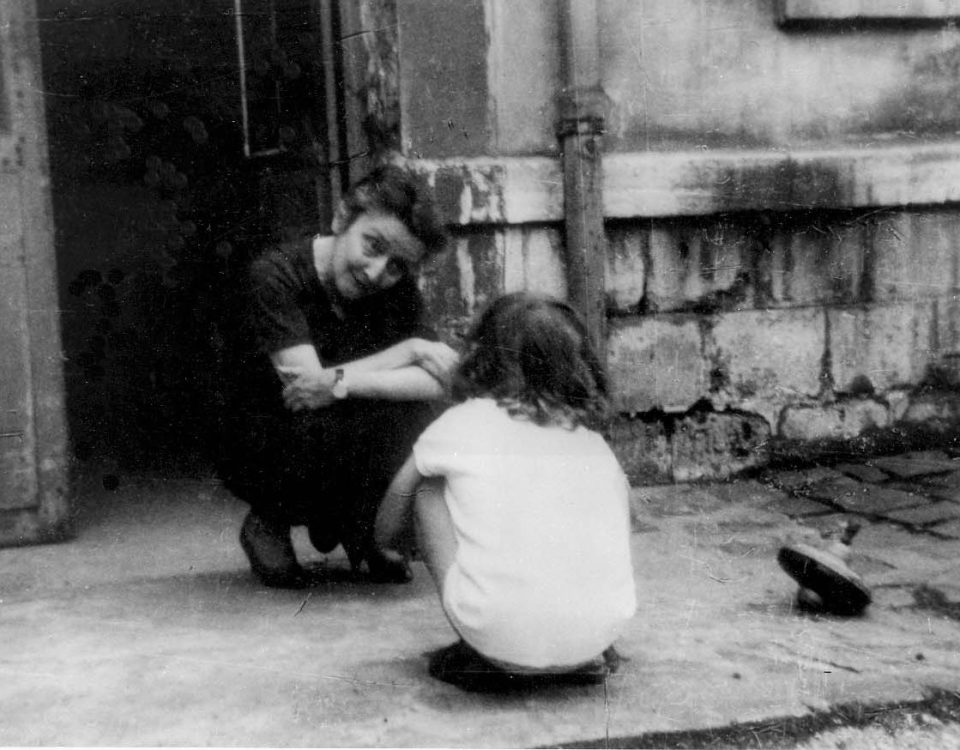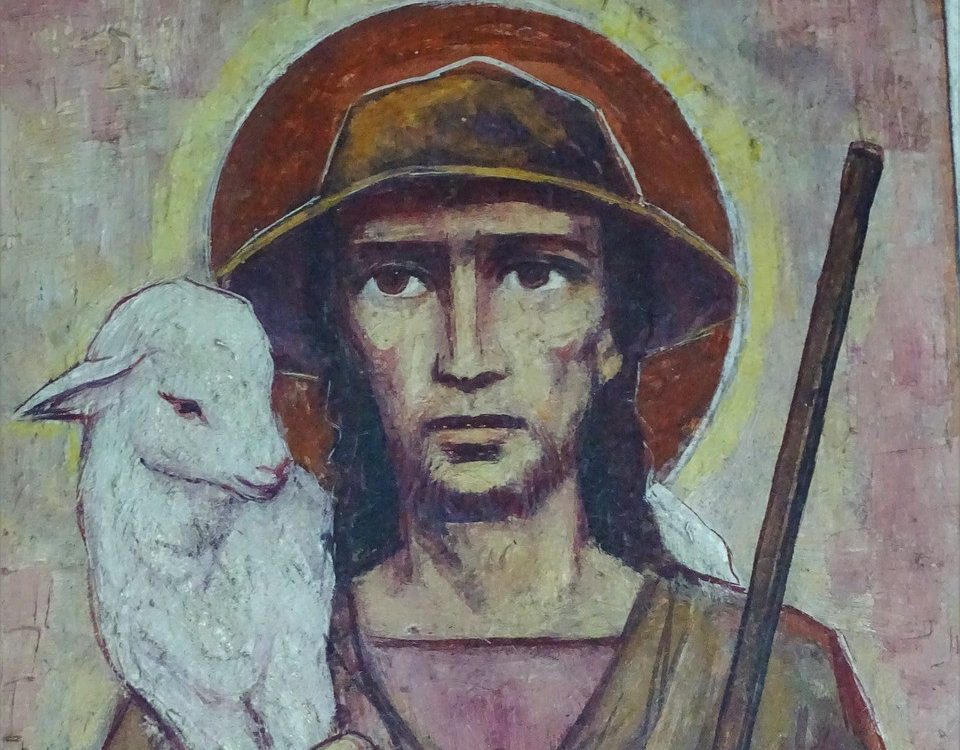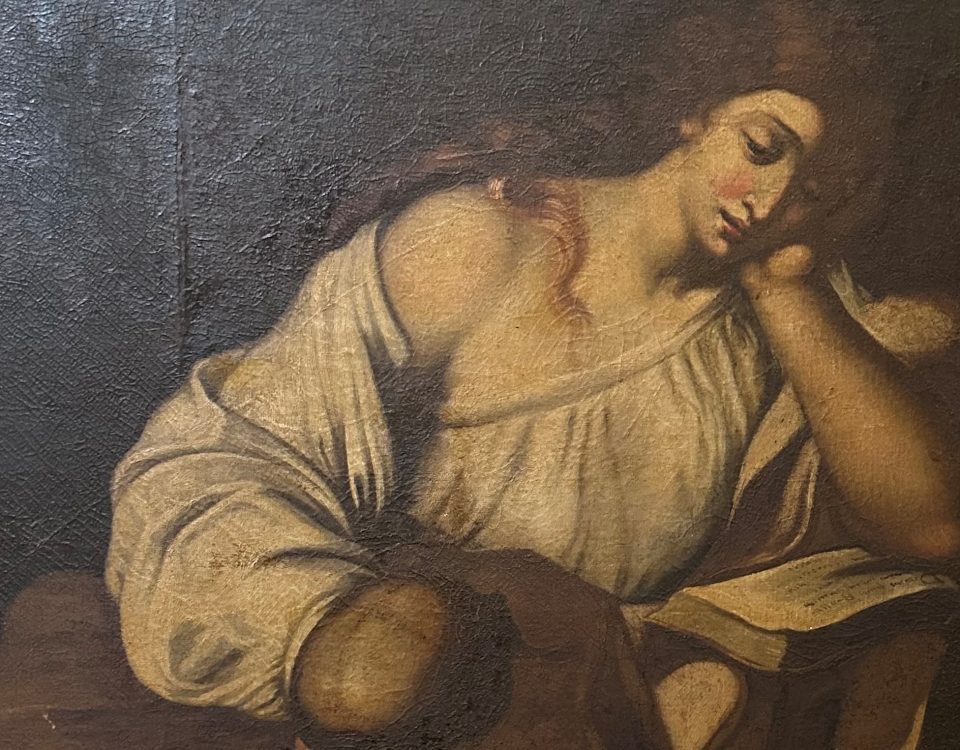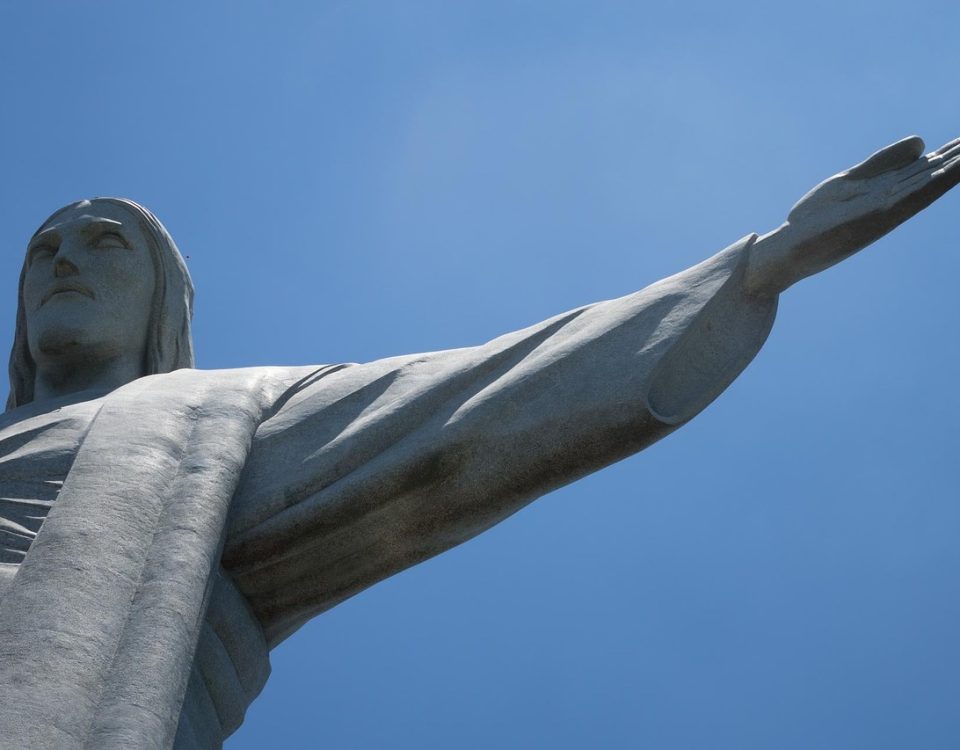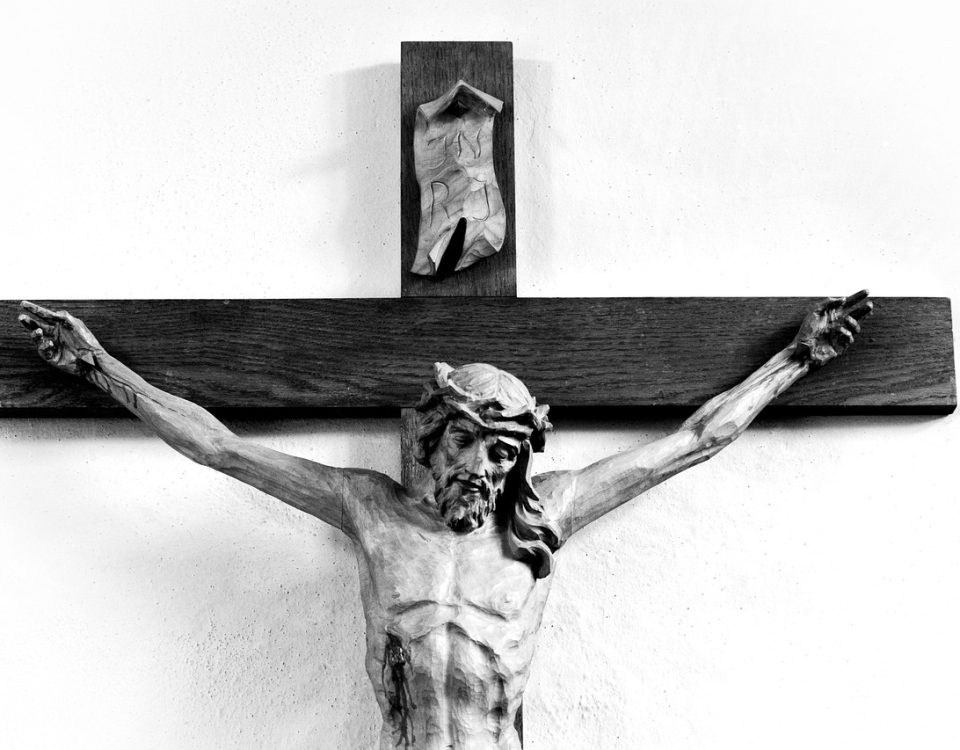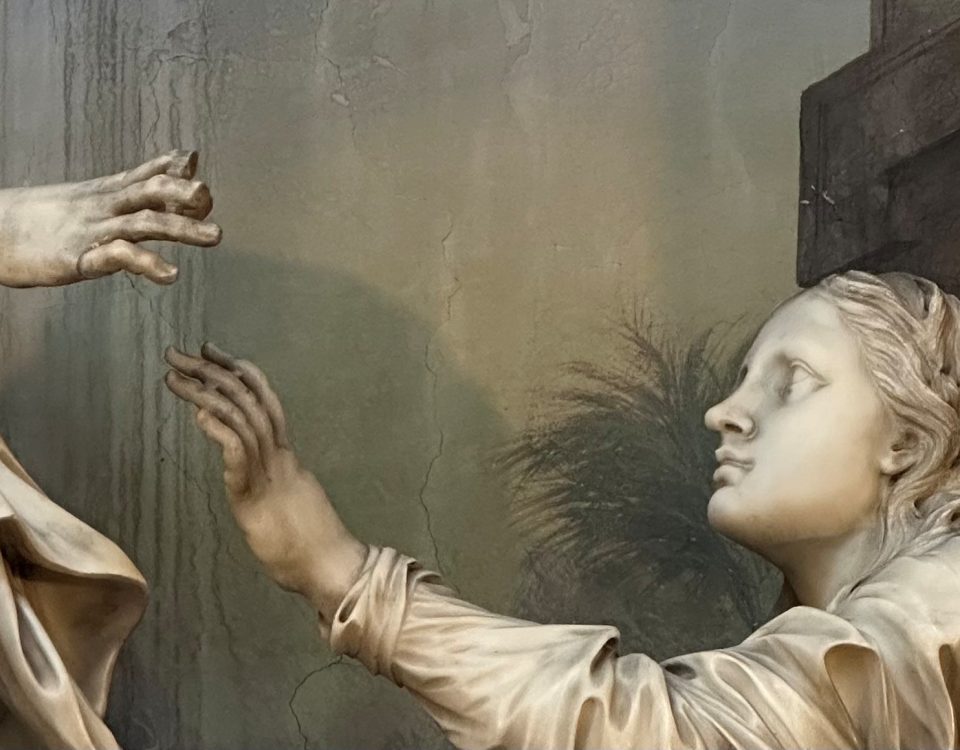A democracy fighting for its life, a body politic trying to survive: that’s what we’re seeing in Myanmar.
The attempted murderers are the Tatmadaw, the country’s military. The victims are Aung Sun Suu Kyi and all those who voted for her, all those who since the end of British rule have only been able to dream of a country ungoverned and unbrutalized by military masters. Murder is really the proper metaphor here; it’s not an exaggeration. What we’re witnessing is a heinous crime, a young democracy being choked out.
Elected overwhelmingly in 2015, Aung Sun Suu Kyi’s reelection in 2020 signaled further loosening of the military’s control of the country. That, at least, is how the military likely viewed it, fearing the constitution, which assured much of its power, would be amended. Democratic politics, along with the country’s economic growth, have emerged only quite recently and slowly, stifled all along the way by a military that has enjoyed power, at times exercising it brutally, for more than a half-century. Freedom hasn’t been the norm in the country in anyone’s living memory. Myanmar’s democracy is still that much in its infancy; free politics there is still that fragile.
Hence the shock of the arrests of February 1, the shock of the coup. And hence the protests, peaceful mostly but increasingly met with violence. The conflict is intense, aporetic. To remove the military from politics, many are now prepared to die; the military is prepared to kill.
Last week marked the deadliest point yet since the coup began. Search #WhatsHappeningInMyanmar on Twitter to see, despite the military’s efforts to disrupt communication, what’s happening to peaceful protestors, journalists, and random citizens. With the murder of a country’s democracy, always following closely is the murder of its people. That’s happening now in the bloodied streets of Myanmar. It’s a conflict worsening.
The protestors are not just committed, they’re creative. Gathering outside foreign embassies, knowing the military doesn’t want to murder its own citizens before such an explicitly diplomatic gaze, those fighting for democracy know they’re safer there. Others, faking car trouble or simply by driving slowly, have brought traffic to a standstill. Some neighborhoods have taken to plastering pictures of Myanmar’s military chief, Min Aung Hlaing, on the ground, believing the junta’s forces wouldn’t dare tread upon the image of its leader. The fight is feisty, which is both inspiring and frightening; because still, one side is a professionally trained army and the other side, ordinary citizens. And, as I said, the conflict is worsening.
And then there’s Sister Ann Nu Thawng of the Missionaries of St. Francis Saverio. Crying, she knelt down in the street in prayer before a line of armed police, begging them to remain peaceful. Pictures of her, taken by local journalists, quickly went viral. Cardinal Charles Bo, archbishop of Yangon, claims Sister Ann may have saved at least 100 lives by buying protestors time to escape.
Naturally, for me, this was the image first to catch my eye, this woman of my own faith doing something terrifyingly courageous and dangerous. Sister Ann is not the only hero in Myanmar, far from it. In this predominantly Buddhist country, people of any faith or none, people who simply desire freedom and are willing to risk themselves for it, are heroes. For me, though, it’s that she is a Christian, and of a sort we rarely see, that strikes me.
You see, her act, placing her body before armed police, motivated presumably by her devotion to Christ, belongs to a form of Christian witness largely unrecognizable to American Christians; unrecognizable because it’s a mode of Christian presence visible only in weakness and risk. This, of course, is the ancient weakness of martyrs.
The reason Sister Ann’s act catches our eyes, why it convicts, is because we Christians in America can barely comprehend a Christianity willingly weak. For us, faith must always enjoy some form of cultural power. Even our rhetoric of martyrdom, as we in America have sometimes unashamedly used it, belongs more often than not to a mere rhetoric of power. This is why Christians can’t seem to extricate themselves from culture wars, why we’re still trying to persuade, baptize, or elect Pilates of our own, because we can’t imagine powerless faith. But that’s exactly what Sister Ann showed by her courage, a different, more authentic Christianity that could (if we’d take note) teach American Christians how to be Christians in America today.
Some of us are rightly worried that Christianity in America has been corrupted almost beyond recognition between rightwing nationalisms or indentarianism of one sort or another, leftwing deconstructions of the faith, and the pretended sophistication of a liberal bourgeois Christianity desperate to remain culturally comfortable. What Sister Anne shows us is a way of being Christian that stands simply and nakedly in the place where Jesus himself stood. That is, in the dangerous, cruciform place of weakness and risk, against power and not alongside it. Which, as I read the Gospels, is where the followers of Jesus were asked to place themselves all along, denying themselves, crosses embraced.
And which, as Jesus taught and Sister Anne shows, is genuine freedom. Bullied not by cultural forces, tempted not by political power, it’s a freedom that is finally Christian because it’s a radical love for all others. It seeks no final word, no hegemony of any sort, just repeatedly a cross, the peaceful brave weakness of the saints accepting suffering and death because the resurrection is beautiful and beyond our control, a freedom unended.
This, of course, is the beautiful irony, that in a country losing it’s democracy we should see what freedom really looks like; and that in a land with so few Christians we should discover what Christians really look like too.
This column originally appeared in The Dallas Morning News.
